Most shoes claim to improve "running economy" and "absorb shock". We have heard it so often, it's just accepted as commonsense. We've been told that cushioning is energy being absorbed and running faster is energy being returned. When the obvious contradiction is pointed out, "energy absorption" is changed to "temporary storage as spring energy", which is then "returned". Shoe makers then go on to demonstrate how it works with videos like this one. The video shows marbles being dropped onto foams and bouncing to infer that the same thing happens to your body when you land and pushoff with each step. However, there is a fatal flaw in this thinking: a bounce on a spring or springy foam applies only to rigid objects like marbles. But humans have joints in the legs, making them the antithesis of rigid! This is the whole problem and there is nothing anyone can do about it. Like so many things in the world, reality is different from what it first appears to be like.
Let's parse this out. When you push on a rigid object, the whole object translates (moves linearly) in the direction of the force. But when you push on one segment of a joint, the segment rotates, but the joint (both segments) doesn't translate. The only way to get both segments of a joint to translate is either to push on both segments at the same time (this happens with gravity) or to exert an equal and opposite force to make the joint rigid. High school physics may be long since deleted from your memory, and gratefully so, but the phrase "equal and opposite force" is officially known as Newton's 3rd Law. It takes energy to exert forces in joints. In fact, it takes exactly as much energy to keep a joint rigid as the energy forcing a joint segment to rotate. When you subtract the energy exerted by your muscles from the energy pushing up under your foot, the net savings is zero. Therefore, no change in running economy. This means, in black and white terms, springy foam and carbon plates, no matter how springy, or how fast or slow you run, or what technique you use, or how heavy or tall you are, does absolutely nothing to the energy of running. It is all because we move with joints.
This revelation may strike you as a bombshell, but follow this familiar example to see how it is actually no different from your everyday experience. Picture pedaling a bicycle. It could be an electric-assist bike or a regular bike; doesn't matter. The torque on the crank creates tension in the chain, which turns the rear wheel and you move forward. Let's say you're riding up a hill, just to make it more dramatic. Now imagine that your chain falls off. You can keep pedaling as fast as you want, but you can't move yourself forward, because there is no tension in the chain. No matter how strong you are and no matter the quality of materials and how light weight they are, rotating the crank doesn't move you up the hill. This is the exact same principle as in joints.
The question often comes back in a new form, if it isn't energy return in the shoes, then what accounts for all the fast times? Actually, this is not a question that may be answered using the physics of motion, because the question does not ask about a specific mechanism. As posed, the question has an infinite number of wrong answers and an infinite number of correct answers, since the cause and effect may differ for different runners. What has been revealed in this article is that energy return cannot be among the possible factors.
We now arrive at the main issue: although super shoes don't do you any good, because you have joints, they can do you harm. Harm to your precious joints! In a futile effort to make shoes deliver more energy return, super shoes are thick and soft. Super shoes, like other modern running shoes, have a Soft Forefoot Midsole (SFM) that will compress unevenly side to side during pushoff, because the foot transmits more pressure through the big toe area. The asymmetrical pressure causes the midsole to tilt, which accentuates joint stress. The solution is Vimazi's Bio-Logic™ Technology.





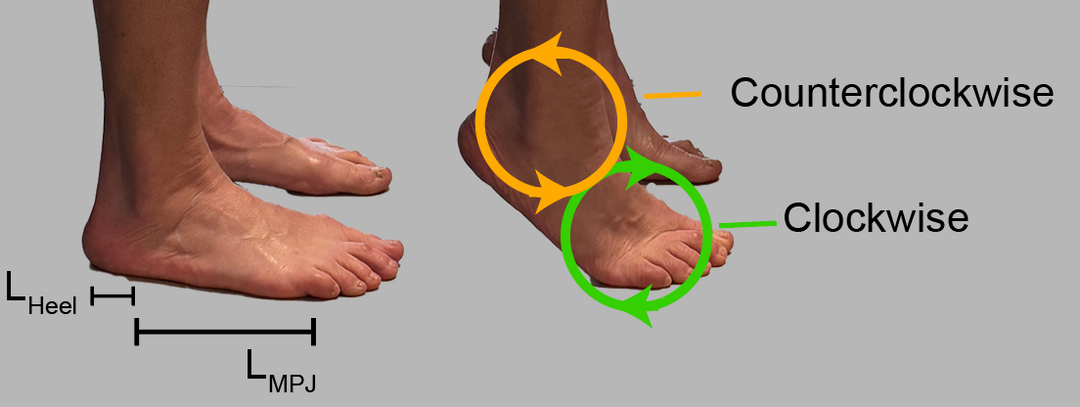
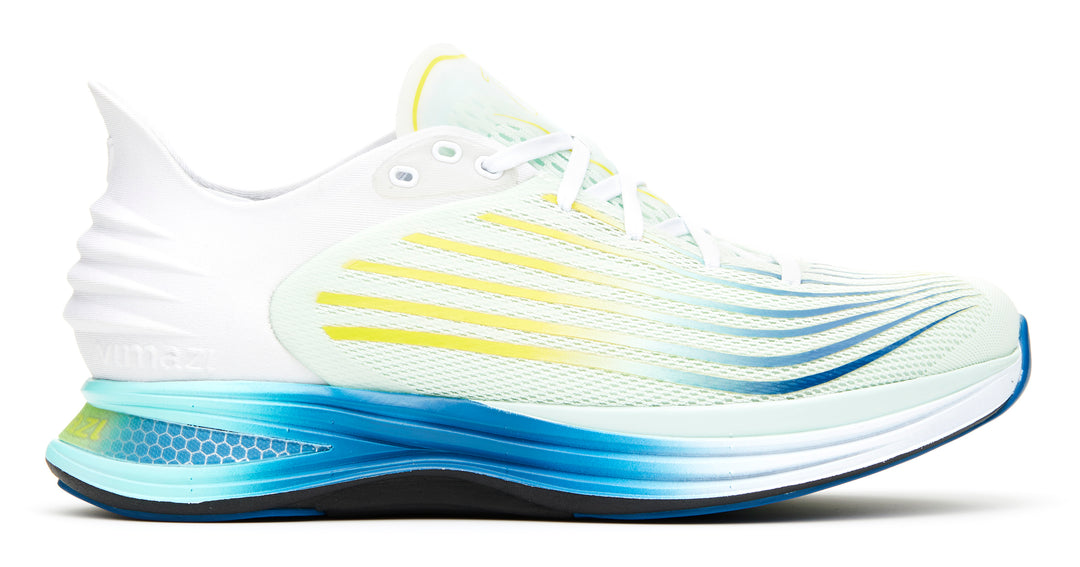
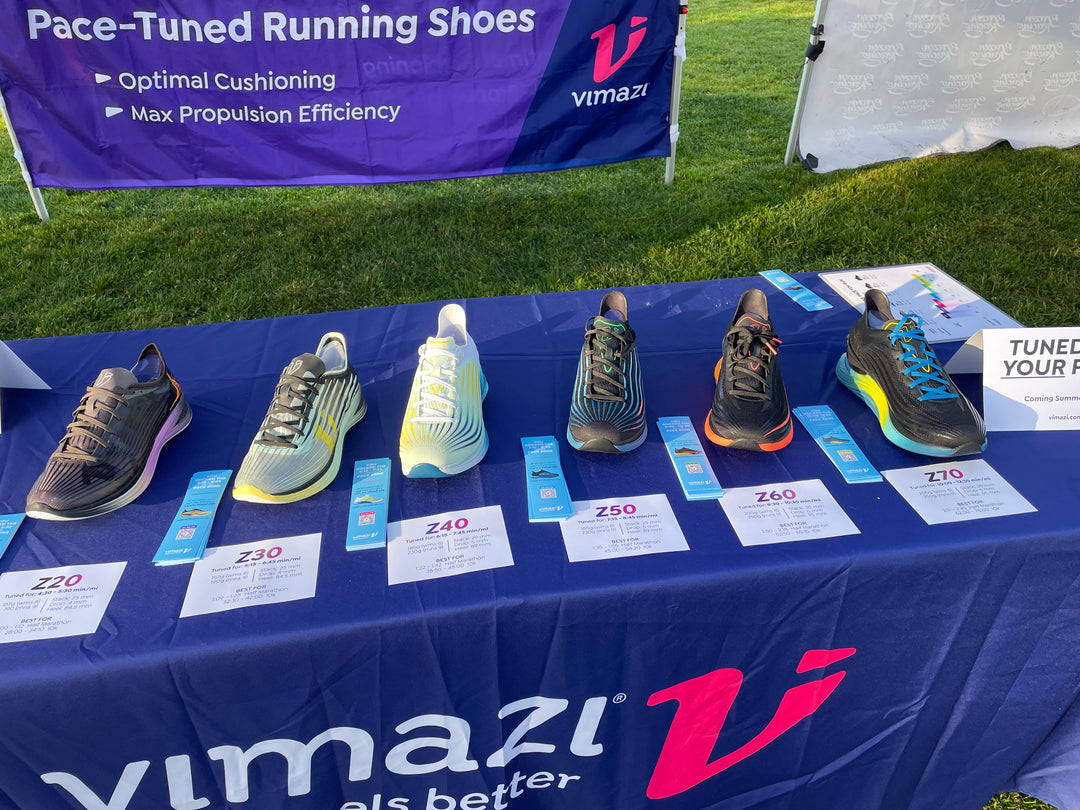
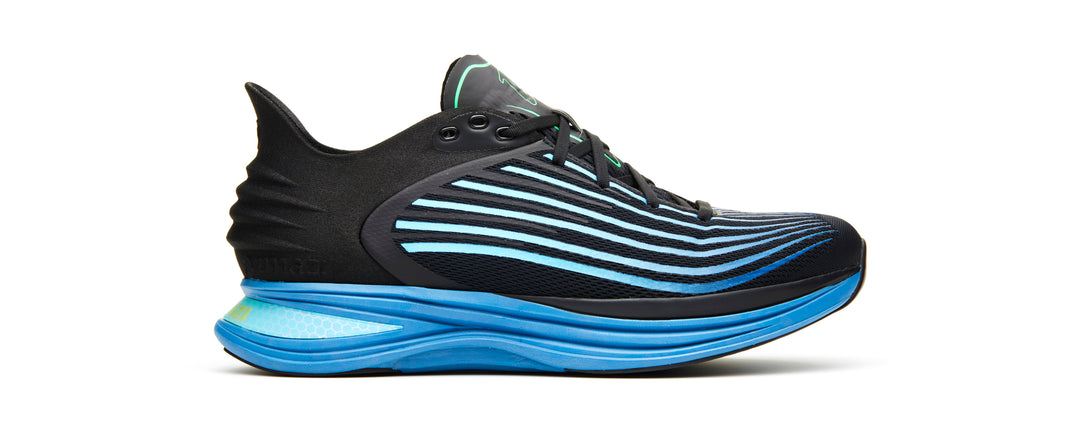
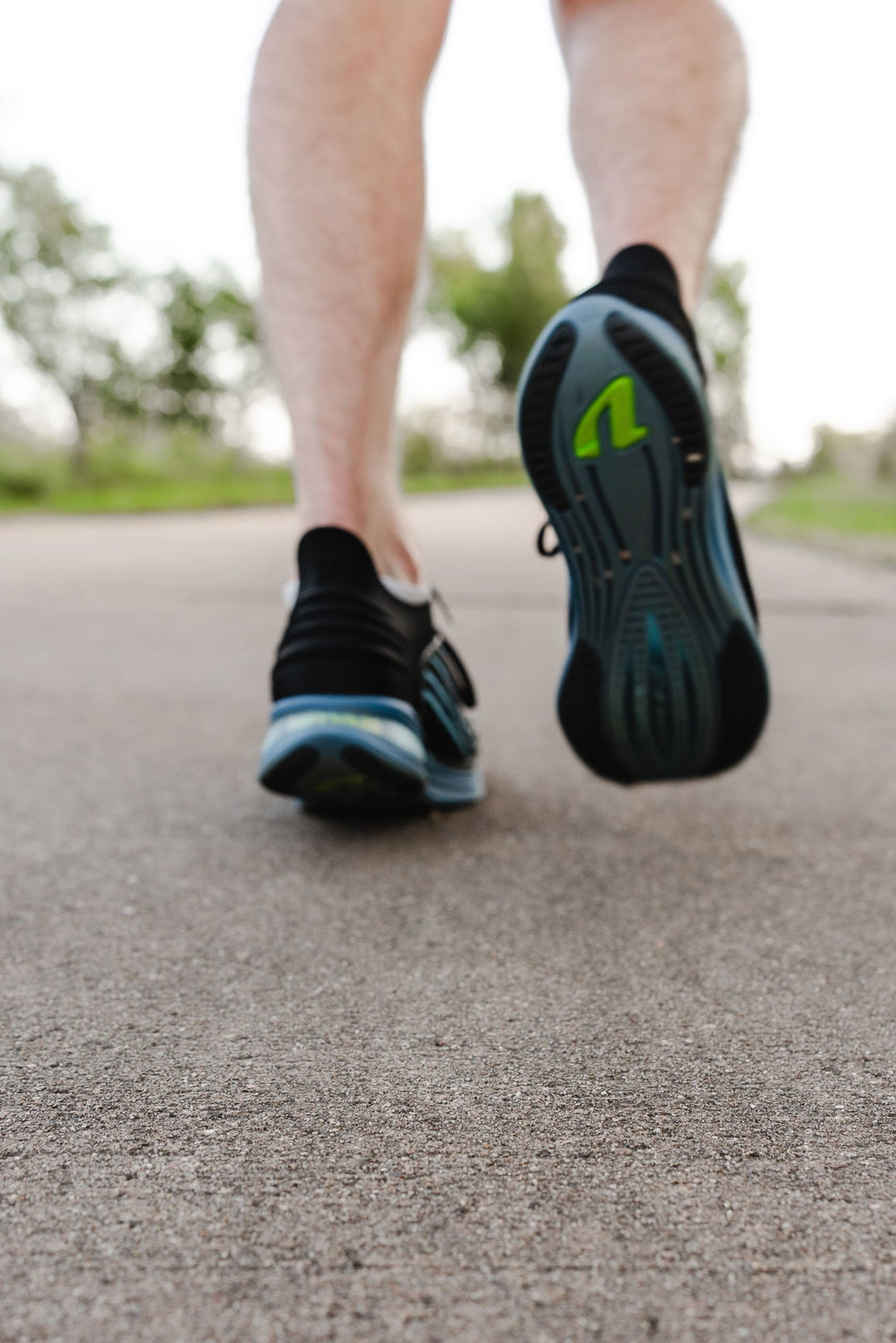
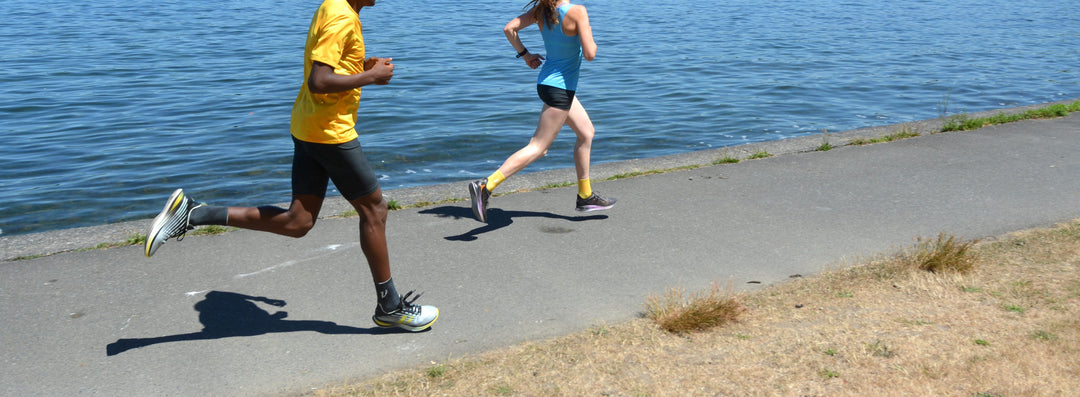
Leave a comment